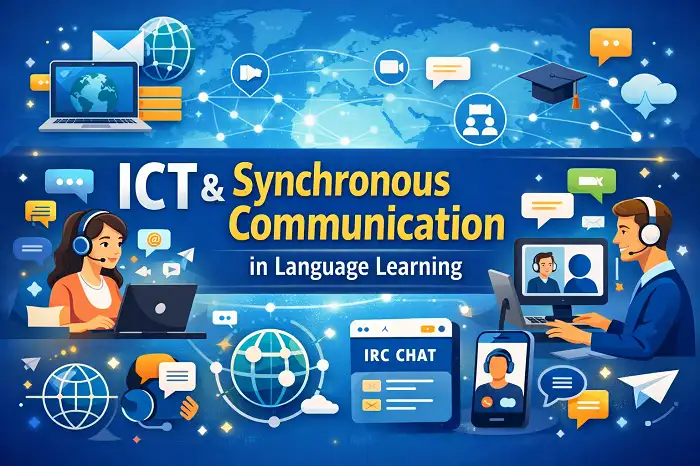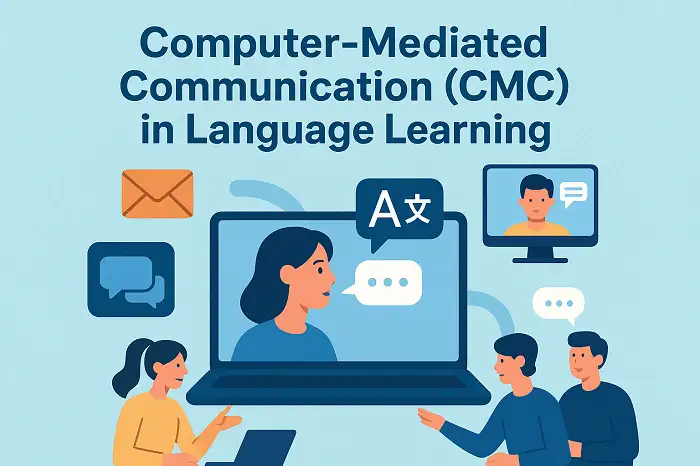Table of Contents
- Video of untethered hybrid learning
- What is untethered hybrid learning?
- Online classes in real time
- Expert Guidance
- Immersive Practice
- Cultural Insights
- Asynchronous Learning: Mastering at Your Own Pace
- Personalized Learning
- Flexible Scheduling
- On-Demand Resources
- Asynchronous learning on LELB Society
- Maximizing Your Hybrid Language Learning Journey
- Beyond the Textbook: Exploring Additional Tools
- Breaking Down Barriers: Hybrid Learning for All
- The Future of Language Learning: Unbound by Location
- Artificial intelligence and untethered hybrid learning
Master languages online through untethered hybrid learning, which is attending online classes and utilizing asynchronous learning and video-based lessons
Video of untethered hybrid learning
What is untethered hybrid learning?
The desire to conquer a new language is an enriching and rewarding pursuit. However, traditional classroom settings can pose limitations. Busy schedules, geographical constraints, or even introverted personalities can hinder the in-person learning experience.

This is where hybrid learning, a dynamic blend of online classes and asynchronous learning, emerges as a powerful tool for language acquisition. By offering flexibility and personalized learning pathways, hybrid learning empowers individuals to become self-directed language learners, untethered from the confines of a physical classroom.
Online classes in real time

Online classes form the backbone of the hybrid learning approach for language learning and acquisition. Live sessions provide a platform for structured learning, fostering interaction with instructors and fellow students. This interactive environment offers several advantages:
Expert Guidance
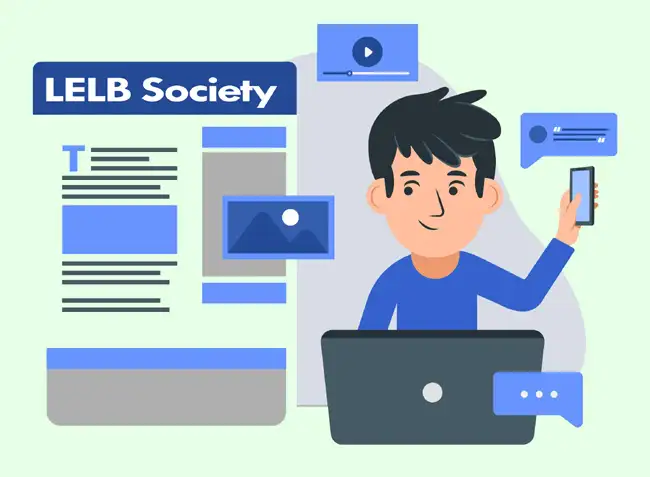
Qualified instructors create a structured learning environment, guiding students through the intricacies of grammar, vocabulary, and pronunciation. They can address student queries in real-time, providing personalized feedback crucial for mastering a new language.
LELB Society’s team of teachers are led by Dr. Mohammad Hossein Hariri Asl, a scholar with a PhD in Teaching English as a Foreign Language (TEFL). On the page of LELB Society’s team of authors and teachers, you can review the profiles and biographies of 23 English and Persian teachers, educators, and content developers alongside their original developed content in both English and Farsi.
Immersive Practice

Online classes often incorporate interactive exercises like role-playing scenarios, group discussions, and language games. This fosters a dynamic environment where students can practice their speaking and listening skills in a safe and supportive space.
Research suggests no significant difference in academic achievement, with some studies even showing a slight advantage for online learners. However, online environments can struggle with student engagement and social interaction, which traditional classrooms readily provide. Ultimately, the best format depends on the individual learner’s preferences and self-discipline.
Cultural Insights

Online classes can connect learners with instructors and classmates from diverse backgrounds. This exposure to different accents and cultural nuances enriches the learning experience and provides a more holistic understanding of the target language.
Online classes can sometimes feel isolating, but they can also become a portal to a global classroom! It’s thrilling to connect with classmates from so many different cultures and nationalities. Hearing their perspectives during discussions and learning about their traditions broadens enrolled students’ worldviews in a way a traditional classroom setting simply can’t. It’s like getting a firsthand education on the world, all from the comfort of your own home.
Asynchronous Learning: Mastering at Your Own Pace

Asynchronous learning, another pillar of hybrid language learning, empowers students to learn and practice independently. This approach offers a treasure trove of language resources, allowing learners to delve deeper into specific topics or revisit challenging concepts on their own schedule. Some of the benefits of asynchronous learning include:
Personalized Learning
Learners can choose their learning pace. They can focus on areas that require more attention and revisit lessons as needed. This personalized approach caters to individual learning styles and preferences.
Flexible Scheduling
Asynchronous learning eliminates the constraints of fixed class schedules. Learners can access learning materials and complete exercises at their convenience, making language learning more accessible for individuals with busy schedules.
On-Demand Resources
Hybrid language learning platforms often offer a vast library of pre-recorded lectures, video tutorials, and interactive activities. This allows learners to focus on specific grammar points, vocabulary lists, or pronunciation exercises based on their needs.
Asynchronous learning on LELB Society
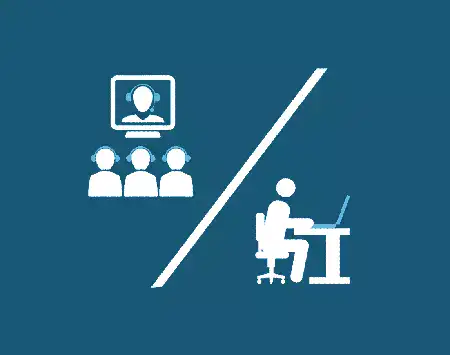
LELB Society offers an asynchronous learning approach for language acquisition, giving you the freedom to learn English or Persian on your own schedule. This means you can access course materials, lectures, and other resources at your convenience, allowing you to fit language learning into your busy life. This flexibility is particularly appealing for those with tight schedules or those who prefer to learn at their own pace. LELB Society even highlights the benefits of asynchronous learning, emphasizing how it can make language learning more stress-free and cost-effective.
Maximizing Your Hybrid Language Learning Journey

To truly leverage the power of hybrid language learning, consider some key strategies to optimize your learning experience:
- Set SMART Goals: Define clear and measurable goals for your language learning journey. Are you aiming for conversational fluency, professional competence, or travel preparedness? Tailor your learning path to achieve your specific objectives.
- Embrace Active Learning: Don’t be a passive participant. Engage actively in online classes, participate in discussions, and practice speaking exercises regularly. Utilize asynchronous learning resources to supplement your online classes and focus on areas that need improvement.
- Immerse Yourself in the Language: Go beyond the online platform. Watch movies and TV shows in your target language, listen to music and podcasts, and find opportunities to practice speaking with native speakers online or in your local community.
- Develop a Consistent Routine: Schedule regular time for both online classes and asynchronous learning activities. Consistency is key to language learning, and creating a dedicated learning routine will help you stay motivated and progress steadily.
Beyond the Textbook: Exploring Additional Tools
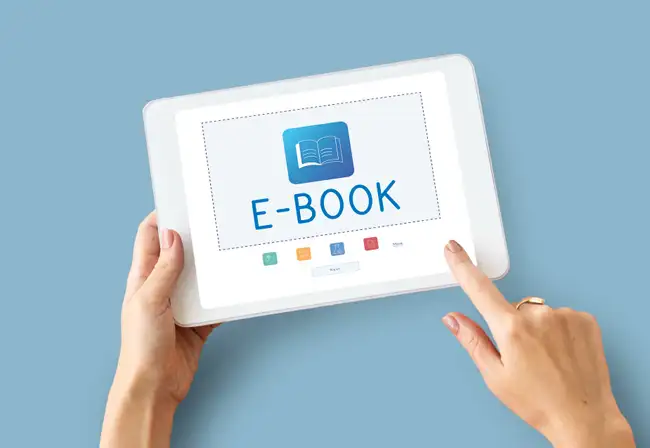
The hybrid language learning ecosystem extends beyond online classes and a learning platform. Consider incorporating these tools for a more immersive and engaging experience:
- Language Learning Apps: Supplement your learning with mobile apps that offer interactive exercises, gamified activities, and spaced repetition techniques to reinforce vocabulary acquisition.
- Language Exchange Platforms: Connect with native speakers online for conversation practice. This allows you to develop fluency and gain valuable insights into cultural nuances.
- Audiobooks and Podcasts: Immerse yourself in the language by listening to audiobooks and podcasts on topics that interest you. This helps with listening comprehension and familiarization with natural speech patterns.
Breaking Down Barriers: Hybrid Learning for All

Hybrid language learning dismantles the traditional classroom walls, making language acquisition accessible to a wider audience. This approach is ideal for:
- Working Professionals: Busy schedules can make traditional classes a challenge. Hybrid learning allows professionals to fit language learning into their existing routines.
- Remote Learners: Geography no longer restricts learning opportunities. Learners residing in remote locations can access quality language instruction through online platforms.
- Introverted Learners: For those who find traditional classroom environments intimidating, the flexibility of online learning allows them to participate at their comfort level.
The Future of Language Learning: Unbound by Location
Hybrid learning is revolutionizing the way we acquire new languages. By leveraging technology and offering a personalized, flexible approach, it empowers individuals to become self-directed learners. The future of language learning looks increasingly online and asynchronous. Advancements in AI tutors, immersive simulations, and gamified learning platforms are constantly improving, offering a personalized and engaging experience that rivals traditional classrooms. While fluency might still benefit from occasional in-person interaction through blended learning programs, online learning’s flexibility, affordability, and ever-evolving tech could make thoroughly mastering a language from the comfort of your home a mainstream reality.
Artificial intelligence and untethered hybrid learning

Hybrid language learning is taking the world by storm, blending the strengths of traditional classroom instruction with the flexibility and personalization of online resources. This exciting approach allows students to benefit from structured lessons and teacher guidance, while also utilizing artificial intelligence or AI-powered tools outside of class.
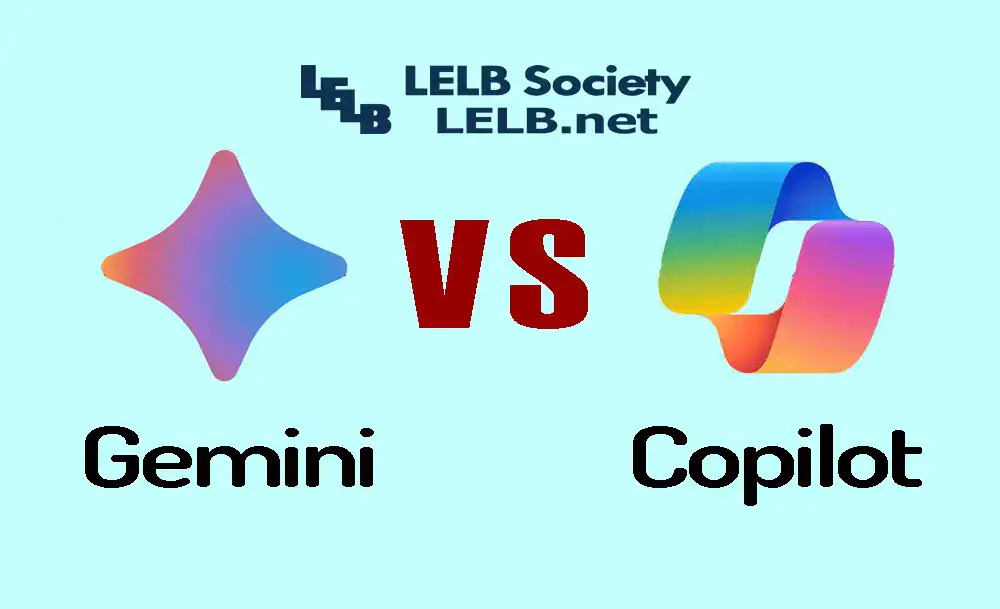
Imagine an AI tutor that analyzes your speech patterns and tailors pronunciation exercises, or a language learning app that gamifies vocabulary acquisition and adapts to your learning pace. With AI at their disposal, students can become active participants in their own language journeys, practicing, receiving feedback, and solidifying their understanding anytime, anywhere. This hybrid approach holds immense potential for making language learning more engaging, effective, and accessible to all.

